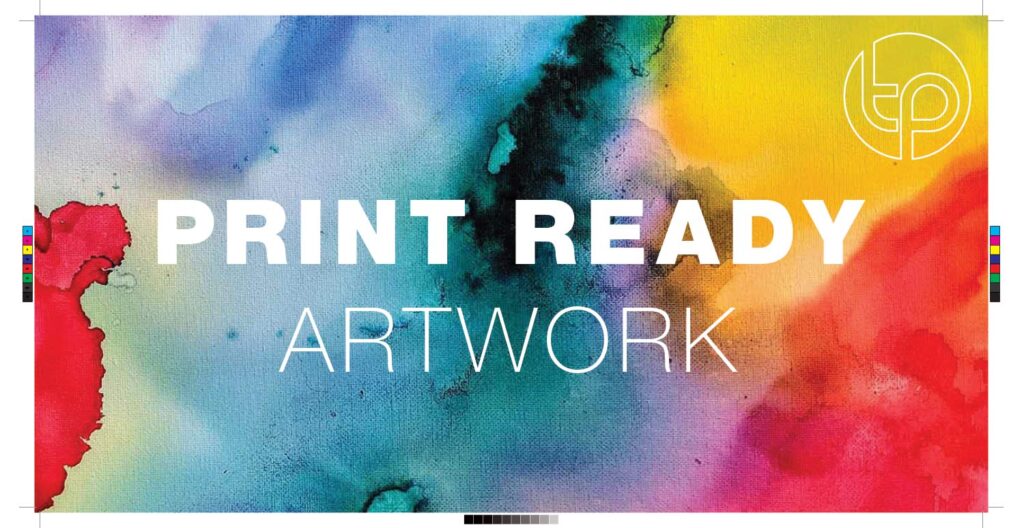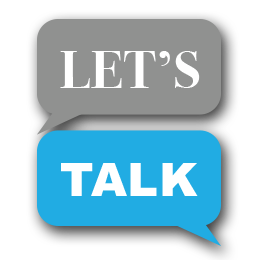What does ‘Print Ready’ actually mean?
Print Ready Artwork is the term used to describe the file you are sending to your printing company in the right format and has all the necessary bleed and margin requirements for print. If you are working with a professional print designer(examples here), they will take care of this for you and send you a print-ready file.
Getting files ready isn’t as simple as clicking a button, Microsoft Word Publisher, Excel and PowerPoint Files might print well on an office printer but are not for professional printing. Files created with professional software such as Adobe InDesign or Illustrator are preferred.
Image Quality – (Don’t use low-quality web images)
Images must be better than screen viewing quality (72dpi) or they will often become pixelated, dull and blurred when printed. Unless vector images, print quality is 300dpi (dots per inch). I have seen a lot of brochures with low-quality, blurred images that probably came from a website. We check this and can work with photographers, and stock libraries to get the best results. Yes, we can and often adjust photographs with our software.
What is Bleed?
This is when you want the print to go right to the edge without a white border, so the ink prints beyond the page edge and is neatly cut to size. Artwork is usually supplied with 3mm bleed and has trim marks or a cutter guide supplied.
Fonts
Included, Embedded or converted to outlines – a PDF set at the correct setting can include these.
Crop marks/trim marks
These are the tiny thin lines on the edge of your print-ready artwork which indicate where you would like the page to be trimmed. You can add these on when you export your artwork to PDF.
Colours
Make sure the black text is 100% black and not made from a mix of different colours. Professional print generally uses dots made up of 4 colours CMYK = Cyan, Magenta, Yellow and Black (CMYK). On Screen is made of just three = Red, Green and Blue (RGB). There are other ways to print with special inks, colours, foils and finishes.
Discard white overprint
If white text is not set to overprint, the white which is unprintable will not show on the final printed file.
A Quick Guide for Print-Ready PDFs need to contain the following:
- Check the colour space. The file is supplied as four-colour process CMYK and not RGB.
- The document’s page size is the finished trim size.
- Fonts are embedded or converted to outlines so no fonts are needed.
- All scan resolutions are 300 dpi at 100% of the final image size.
- Images are embedded in the file.
- Files are supplied with 3mm bleed.
- Any trim, score or fold marks are indicated and outside the live print area.
- Artwork is at least 5mm from the edge of the page; this is regarded as a safe area.
- Black text is 100% black and not a mix of CMYK.
- White text is not set to overprint.
- Any multiple-page PDF consists of single pages running from the front cover through to the back cover, including blank pages if needed. Sometimes the cover is supplied separately as it might have a different finish or special cutters.
- If folded, check artwork is set up correctly for these folds as each fold can make the page smaller and might need to cover over the pages.
- If using Spot UV or any special cut-out detail (Die-Cutting) it’s worth getting a professional to set it up.
If in doubt…We can help!
Carefully following the above can help. Your printer might have settings available for you to add when creating a PDF for print but generally for professional print the PDF setting is using the PDF/X-1a:2001 PDF Preset.
The material type that you are printing on can either make your colours pop out or sink in and look dull, maybe you have the artwork laminated, this is another reason to use a professional print designer. We can help advise on materials, colours and print finishes. You can take a look at some of our work here.
We have created everything from business cards, packaging, and catalogues to large exhibitions and events so will be able to help create anything in print. If you have a project in mind or you’re looking for a quotation, please do get in touch with us.



